Editors’ Picks




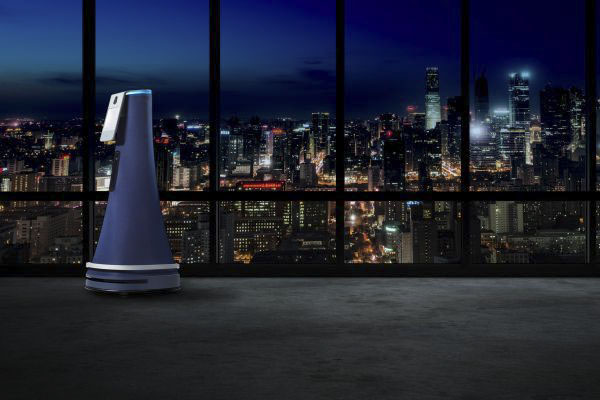
Found in Robotics News & Content, with a score of 0.80
…security officer positions. As people returned to offices after COVID-19, the business began deploying Cobalt robots for security patrols and facility maintenance checks in its office in Charlotte, N.C. It reported a strong return on investment (ROI) within the first several weeks. In one incident, Cobalt read high levels of carbon monoxide in a secured parking structure while pressure washing was occurring. The robot alerted the security operations center (SOC), which in turn alerted the building engineers to remediate the issue. In another incident even before full deployment, a Cobalt robot located a vendor that was not vetted to be…

Found in Robotics News & Content, with a score of 0.78
…e-commerce demand started to stabilize in response to the COVID-19 pandemic, 2023 will be the year when companies double down on their use of automation for predictive analytics and real-time decision making, according to Siena Analytics. To put it more bluntly: Companies are increasingly becoming more proactive rather than reactive, and that trend will continue over the next 12 months, said the Franklin, Mass.-based company. Siena Analytics said its customers are seeking more granular data as automation is used in more and more supply chain processes. The company claimed that its image-recognition services allow logistics operators to “virtualize” their inventories.…

Found in Robotics News & Content, with a score of 0.23
…in Alzheimer’s and dementia deaths with the advent of COVID-19. As the U.S. grapples with an aging population, dementia is becoming one of the largest killers of seniors, greater than breast cancer and prostate cancer combined. One in three people over the age of 65 die of Alzheimer’s or another form of dementia, according to the Alzheimer's Assocation. The most tragic aspect of the disease is the limited means of treating it. Many nursing homes have introduced animal therapy sessions for patients. Numerous research studies have found that animals (especially dogs) have improved moods and increased social interaction with residents,…
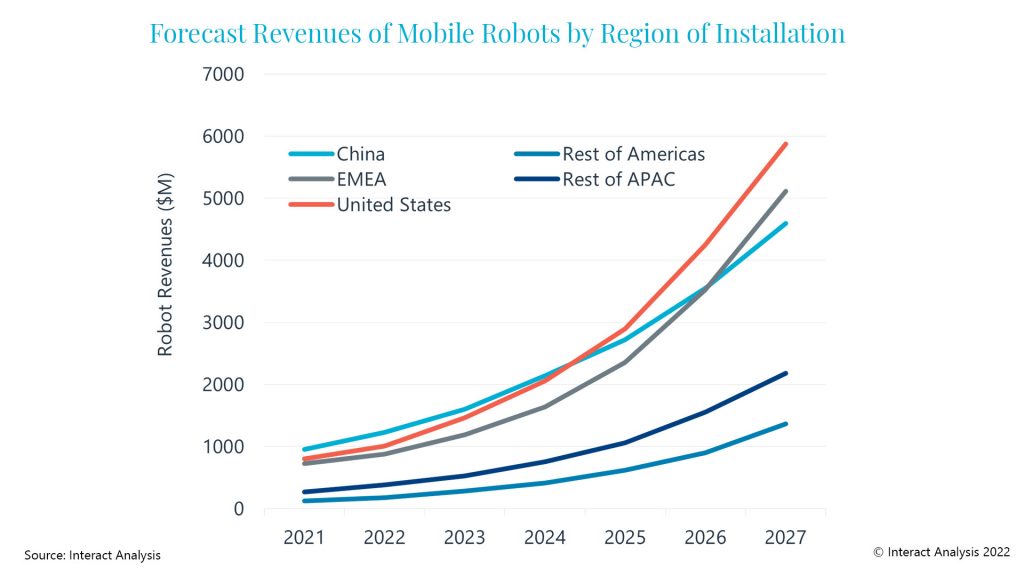
Found in Robotics News & Content, with a score of 0.65
…also major contributors. “China experienced such remarkable demand for flexible automation solutions in 2021 in the wake of the COVID-19 pandemic that there was very little in terms of labor shortage compared with other regions,” the firm said. “Looking out to 2027, the material transport sector will dominate mobile robot shipments, while sales volume will be driven by conveying solutions.”
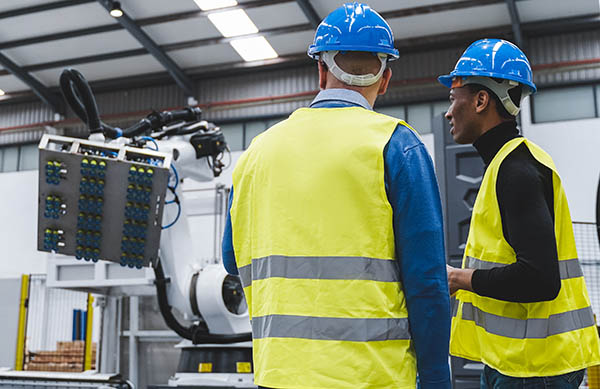
Found in Robotics News & Content, with a score of 0.77
…include challenges But 2023 wasn’t without challenges, of course. COVID-19 restrictions eased in the West early in the year, but companies in China have grappled with draconian shutdowns and now a resurgence of infections. Even as China passed the U.S. in robot density, or the number of robots per 10,000 workers, companies still grappled with electronics and other component shortages. E-commerce companies and some of the robotics vendors serving them laid off employees as demand slowed post-pandemic. However, the overall need for robots in omnichannel retail that includes both online and store fulfillment continued to grow. Self-driving cars also hit…
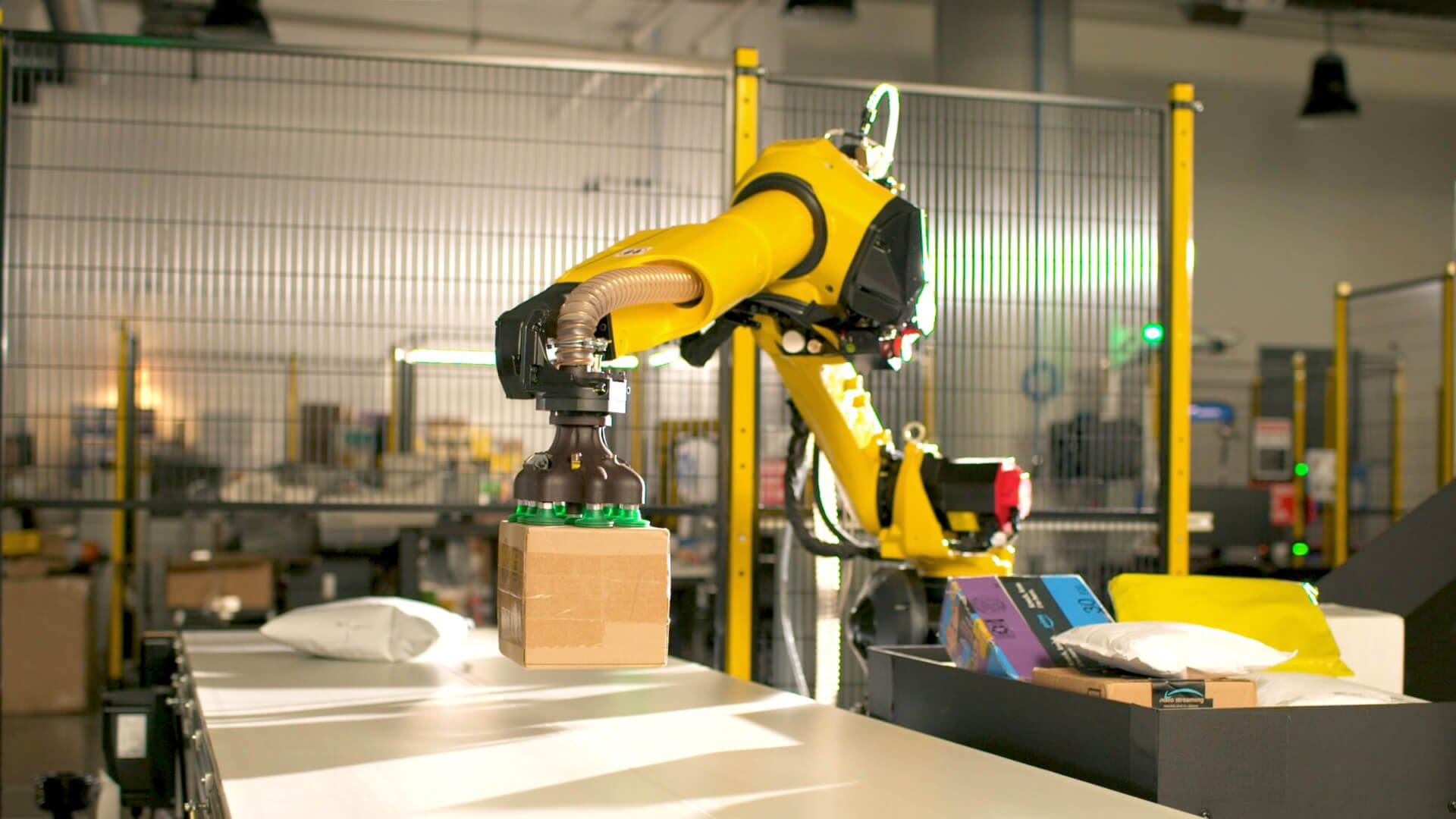
Found in Robotics News & Content, with a score of 0.46
…Part of the move has been driven by the COVID-19 pandemic. With disruptions to the global supply chain, many manufacturers and distributors struggled to find adequate components, particularly in automotive and electronics. Now, they are looking to have more parts on hand in cases of disruptions and to plan ahead. Robotics suppliers said they can provide customers with greater tools that allow for more efficient onsite management and predictive data analytics. For example, Attabotics claimed that its products can help companies reduce their warehouse space requirements by 85%. The company makes automated storage and retrieval systems (ASRS) that allow customers…
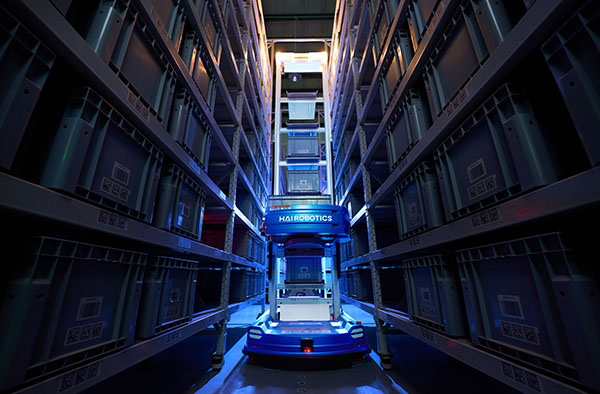
Found in Robotics News & Content, with a score of 0.35
…are busier than ever since the height of the COVID-19 pandemic. As the tempo of e-commerce increases, so has demand for supply chain efficiency and resilience. This is driving the development of smarter and capable robots to move goods. Logistics robot ecosystem builds While some warehouses have automated, plenty still have not, according to research conducted by M14 Intelligence on the future of robotics in the warehouse. “More than 80% of the warehouses today have no automation whatsoever,” stated the analyst firm in mid-2021. “However, since last decade, about 15% of the warehouses are being mechanized, while only 5% are…
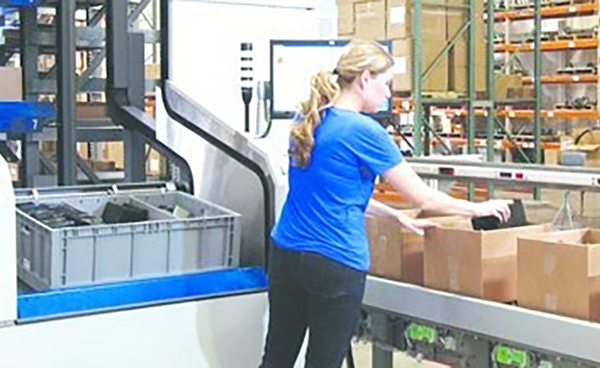
Found in Robotics News & Content, with a score of 0.34
…automation can help supply chains cope with peak demand. COVID-19 continues to reshape retail We saw a spike in e-commerce during the COVID-19 pandemic, but some activity has shifted back to brick-and-mortar retail. How does that affect retailers and warehouse operators? Dryer: The trend of past 20 years has been toward more online and omnichannel activity, then COVID accelerated everything. I have spoken with many customers that had built their networks for three to five years, but that capacity got consumed within a few months. Companies have a choice of more automation, expanded facilities, or networking to add capacity. Five…
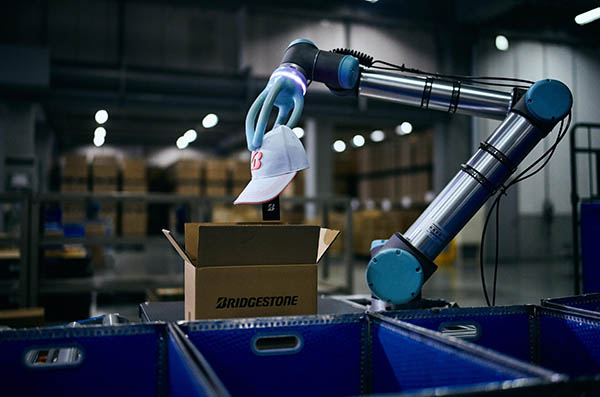
Found in Robotics News & Content, with a score of 0.59
…need to avoid contact between people due to the COVID-19 pandemic, there is rising demand for automation in areas where people work, which is drawing attention to soft-robotics that can collaborate together with people,” stated Norikazu Otoyama, general manager of the Soft Robotics Business Preparation Office at Bridgestone. “Through its tire business, Bridgestone has continued to support the mobility of people and objects from the ground up,” he added. “With its legacy in tire business, we look forward to creating new value together with various partners through our soft-robotics business in the future.” Tokyo-based Bridgestone employs approximately 130,000 people globally…

Found in Robotics News & Content, with a score of 0.34
…channel for us. We've felt the effects of the [COVID-19] pandemic on the supply chain. We have a partner in China that supplies processors, and we have different providers for the same piece of equipment. There's a new process and flow, and today isn't as bad as 2021. We continue to work with the Purdue University weed science lab in West Lafayette. For instance, water hemp is resistant to herbicide, so it's one of our goals for next season. Given the size of your potential market, how will you scale up to meet demand? Ferreira: Farmers are comfortable with robotics…
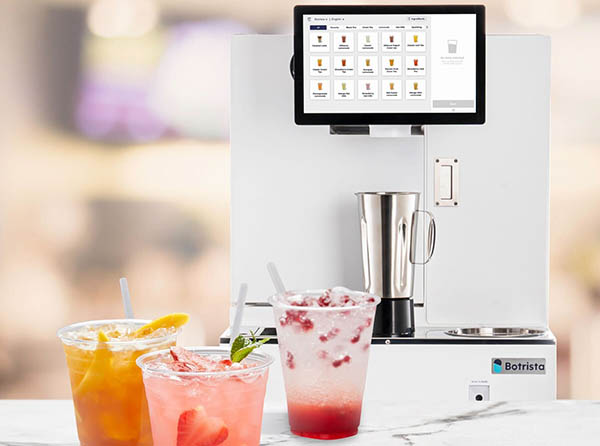
Found in Robotics News & Content, with a score of 0.39
…more challenging than usual for the restaurant industry. The COVID-19 pandemic shuttered restaurants, many of them forever. Online ordering, persistent staff shortages, and the need to maintain hygiene have led to an unprecedented interest in automation, noted Botrista Technology. The turnover rate for family-style restaurants is 32%, and employee training costs an average of $3,179 per person, according to the company. As much as 81% of restaurant operators say they are short at least one position, Botrista said. San Francisco-based Botrista provides beverage automation, which it says relieves human workers from tedious manual tasks. This allows them to be more…
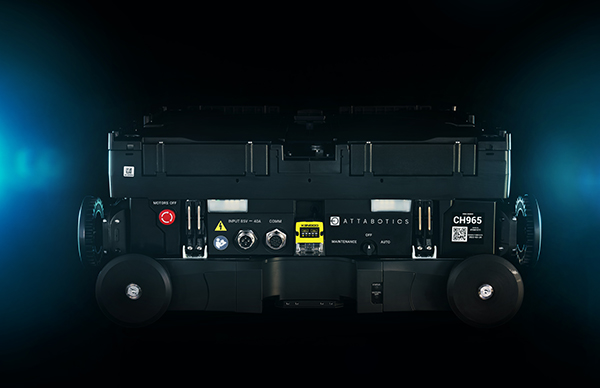
Found in Robotics News & Content, with a score of 0.98
…3D robotics warehousing solution in the wake of growing post-COVID-19 demand. The Calgary, Alberta-based company said it replaces the rows and aisles of traditional fulfillment centers with a patented storage structure and robotics shuttles that use both horizontal and vertical space. Robotic shuttles are known as Attabots and move in three-dimensional space to pick goods that are presented to workers at the workstation on the outside perimeter. The company was founded in 2016 and said it serves brands and other retailers across apparel, food and beverage, and home goods. “Creating the software and hardware needed to solve the global supply…



